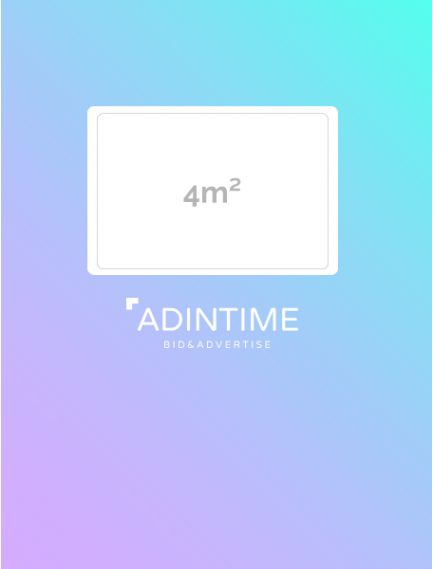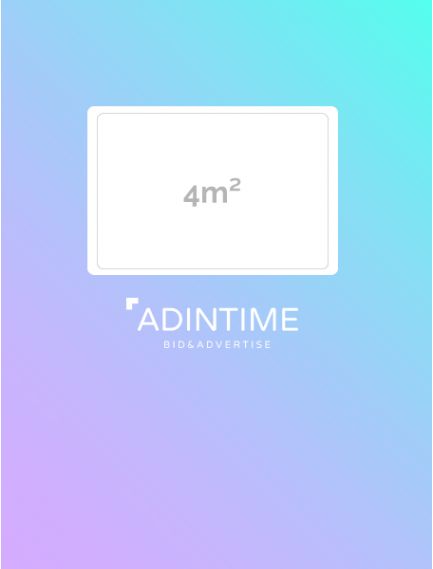Certainly! Here's the full translation of the provided text from French to English:
The creation of effective advertising posters relies on numerous elements, but one of the most crucial is the choice of colors. Colors are not merely visual elements; they convey emotions, capture attention, and can even influence purchasing decisions.
Why are colors crucial in advertising?
The psychological impact of colors
Colors play a fundamental role in human perception and can evoke various psychological reactions. Each color has specific connotations and can evoke particular feelings or associations. For example, red is often associated with energy, urgency, and passion, while blue conveys trust, serenity, and security. Understanding these associations can help create posters that resonate emotionally with your target audience.
Studies show that colors can influence up to 90% of instant product decisions. They are thus a powerful tool for attracting attention, conveying a message, and prompting action. In advertising, strategically using colors can make the difference between a poster that goes unnoticed and one that immediately captivates the audience.

The influence of colors on purchasing behavior
Colors not only capture attention but also influence consumer purchasing behavior. For instance, warm colors like red and orange can create a sense of urgency, prompting impulsive purchases, while cool colors like blue and green are often used for products requiring calm and rational consideration.
The choice of colors can also influence brand perception and product positioning. For example, bold and vibrant colors can convey a sense of modernity and innovation, whereas softer, classic shades may suggest tradition and reliability. By understanding the influence of colors on purchasing behavior, you can tailor your posters to maximize their impact and achieve your marketing goals.
The Top 5 colors to use on an advertising poster
Choosing the right colors for your advertising posters can transform a simple design into a memorable and effective campaign. Here are the five most powerful colors and how to strategically use them to maximize the impact of your posters.
1. Red
Red is a dynamic and energetic color, often associated with passion, urgency, and excitement. It is ideal for quickly capturing attention and prompting action, making it a popular choice for promotions, sales, and special events. Used sparingly, red can create a strong focal point on your poster, but it should be balanced with neutral colors to avoid overwhelming the visual.
2. Blue
Blue evokes feelings of trust, security, and reliability. It is a calming color often used in finance, technology, and healthcare sectors. Blue can help establish a professional and serious brand image. In your posters, blue can be used as a background color or for important text elements to create an atmosphere of trust and tranquility.
3. Green
Green symbolizes nature, growth, and freshness. It is commonly used in marketing campaigns for eco-friendly, health, and wellness products. Green can also symbolize wealth and prosperity, making it a good choice for financial services. By using different shades of green, you can add visual depth and interest to your posters while evoking a sense of calm and serenity.
4. Yellow
Yellow is a joyful and optimistic color that quickly attracts attention. It is often used to evoke feelings of happiness, energy, and positivity. Yellow can be particularly effective for posters promoting events, seasonal sales, or children's products. However, it's important to use it sparingly as excessive use can strain the eyes. Combine it with complementary colors for a balanced and eye-catching effect.
5. Black
Black is synonymous with elegance, sophistication, and modernity. It is often used for luxury products, formal events, and high-end brands. Black can add a touch of mystery and power to your posters while providing excellent contrast with brighter colors. Used as a background or for key text elements, black can create a visually striking and memorable poster. By carefully choosing among these five colors and strategically combining them, you can create advertising posters that not only capture attention but also effectively communicate your message and prompt action.
How to choose the right colors for your advertising posters?
Choosing the right colors for your advertising posters is a crucial step in visual design. Here are some tips to help you make the best choices.
Consider your target audience
Understanding who your target audience is and what their color preferences are is essential. For example, young adults may be attracted to bright and bold colors, while older individuals may prefer softer, classic shades. Color preferences can also vary by gender, culture, and personal interests. Knowing your audience well will help you select colors that resonate with them and enhance the effectiveness of your message.
Use color palette tools

There are many online tools that can help you choose harmonious color palettes. Tools like Adobe Color, Coolors, or Canva allow you to create color combinations based on design principles such as complementary, analogous, or triadic colors. These tools can help you visualize how different colors work together and create visually balanced and appealing posters.
Common mistakes to avoid
Even with a good understanding of colors, it's easy to make mistakes. Here are some pitfalls to avoid to ensure that your advertising posters are effective and aesthetically pleasing.
Too many different colors
Using too many different colors can make your poster confusing and cluttered. Limit yourself to a palette of 2 to 3 main colors and use varied shades to add depth without overwhelming the visual. A well-chosen color palette should guide the eye and highlight the most important elements of your poster.
Ignoring cultural associations of colors
Colors can have different meanings across cultures. For example, white is often associated with purity and peace in the West but can symbolize mourning in some Asian cultures. It's crucial to understand the cultural associations of colors in the markets where you deploy your posters to avoid misunderstandings and negative reactions.
Neglecting contrast and readability
Contrast is essential to ensure the readability of your text and the visual impact of your images. Low-contrast color combinations can make the text hard to read and diminish the effectiveness of your message. Make sure that background and text colors clearly stand out from each other. Online contrast checkers can help you assess and improve the readability of your posters.
By avoiding these common mistakes and applying the design principles described in this article, you can create advertising posters that capture attention, clearly communicate your message, and strengthen your brand. Colors are a powerful tool in the arsenal of any designer, and using them effectively can transform your advertising campaigns.






 Top 30 best ads musics
Top 30 best ads musics
 The influence of advertising on purchasing behavior
The influence of advertising on purchasing behavior
 Top of the most listened podcasts in France
Top of the most listened podcasts in France
 Top 30 best ads 2021 in France
Top 30 best ads 2021 in France
 This Year Marketing Calendar
This Year Marketing Calendar
 Facebook Ads Library: The ultimate guide to winning campaigns
Facebook Ads Library: The ultimate guide to winning campaigns
 How to prepare your advertising campaigns for Christmas?
How to prepare your advertising campaigns for Christmas?
 The top 20 ad films of the year
The top 20 ad films of the year
 Example of a unique selling proposition
Example of a unique selling proposition
 Advertising storyboard: how to structure your campaigns
Advertising storyboard: how to structure your campaigns










